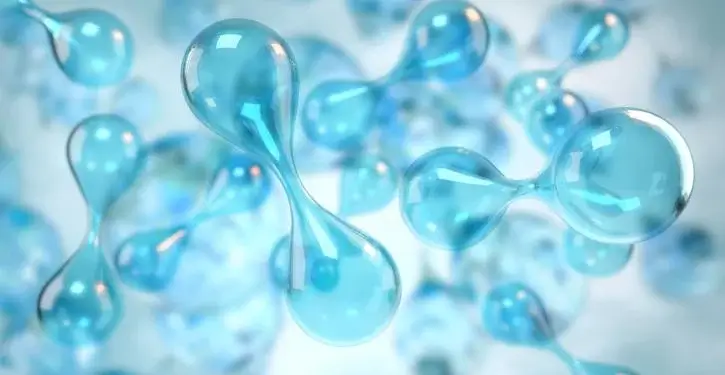With a basket of new tax credits for hydrogen and renewables under the U.S. Inflation Reduction Act, analysts predict that subsidies could drive the cost of green hydrogen below zero dollars per kg by 2030, rapidly accelerating the adoption of green hydrogen in the steel industry , transport and power industry.
The program includes tax incentives up and down the clean hydrogen value chain and allows producers to accumulate subsidies for greater cost savings.
For example, the new clean electricity tax credits allow any project producing zero-emission energy to receive either a 30 percent investment tax credit or a production tax credit of 1.5 cents/kWh. Combine these subsidies with a $3/kg clean hydrogen credit, and hydrogen subsidies could be around $4.50/kg.
This will drive down the cost of green hydrogen even today. As of September 28, the estimated cost of green hydrogen, as calculated by Platts, was $4.38 per kg (including capital costs) on the US Gulf Coast.
This negative calculation by Platts is supported by S&P Global Commodity Insights and energy and infrastructure law firm Pillsbury Winthrop Shaw Pittman.
According to the latest S&P Global Future Energy Outlooks quarterly tracking report, “renewable energy production costs for electrolytic hydrogen will fall below $3.00/kg H2 until 2030, meaning subsidized costs could turn negative. if the PTC value stays the same".
Under this scenario, producers will offer green hydrogen at prices below those of regular gray hydrogen for the duration of the tax credit. This will allow producers to make huge profits while “expanding into new demand sectors such as steel production, transportation and power generation,” making loans “an exceptionally strong stimulus” that is expected to stimulate massive private investment in renewables and electrolysis. .
Platts data shows that adding carbon capture technology to steam methane reforming increases the cost of blue hydrogen by 30%, or about 30-65 cents/kg depending on gas prices. Most SMR facilities will not be able to meet the IRA's highest emission threshold, which requires facilities to capture at least 95% of emissions in order to receive the maximum US$3 per kg tax credit. Instead, many blue hydrogen businesses are likely to receive a $1/kg rebate.
While everyone agrees that US green hydrogen will fall below $0/kg by the end of the decade, it is not clear what will happen to costs when the credits expire in 2033. competitive than cheap gray hydrogen over the next decade, it is possible that the cost of green hydrogen could rise above the level of gray hydrogen.





